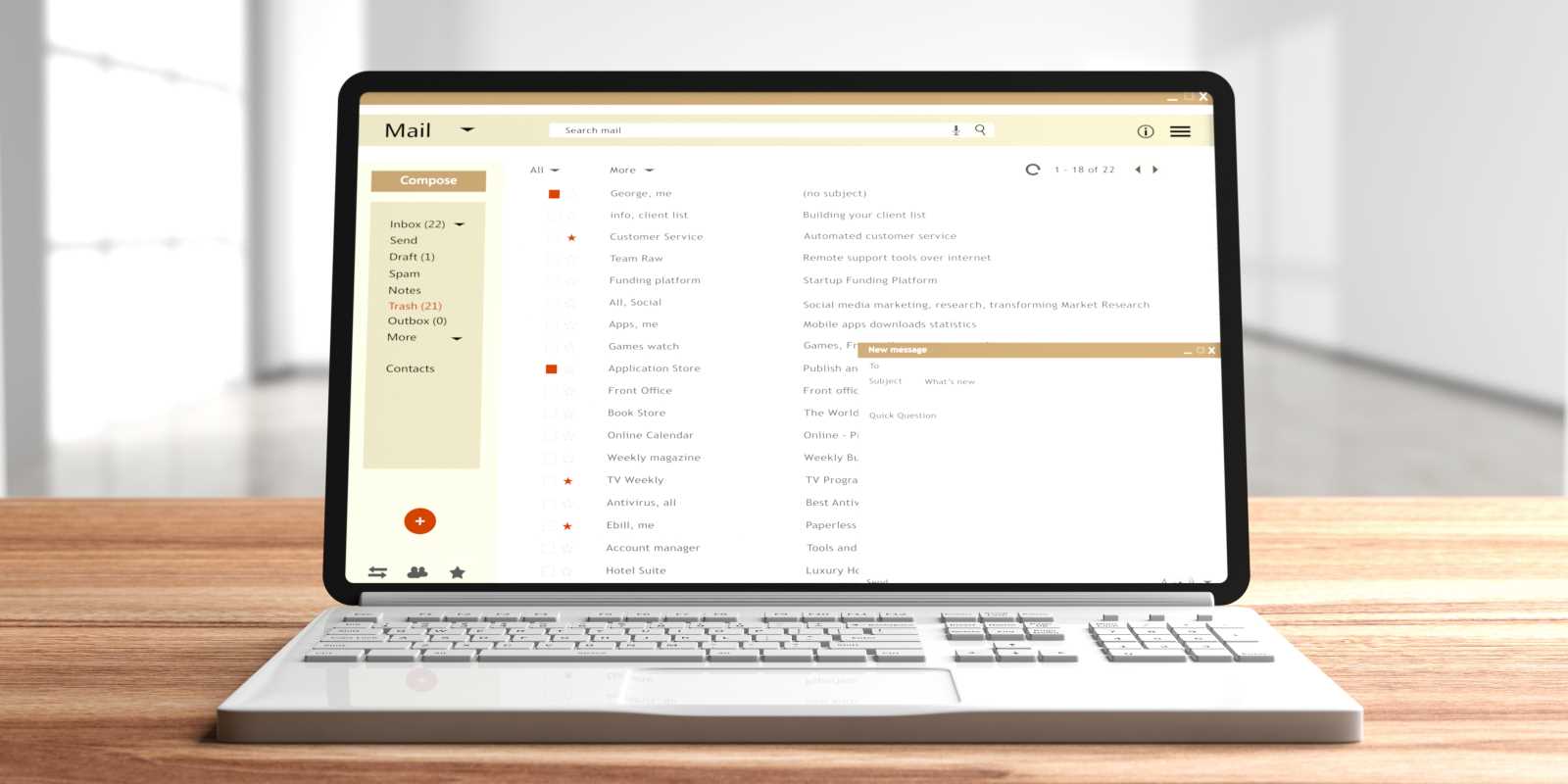Many professionals are familiar with the pressure of a heavy workload. We often see long hours and a packed schedule as signs of dedication and a necessary part of a thriving career. There is a line, however, where a challenging workload becomes a toxic one. A toxic workload is not just about being busy; it is a persistent, overwhelming state of being assigned more work than can be realistically completed within a standard workday. This chronic overload can have devastating effects on your mental health, well-being, and job performance. It is more than just a bad week; it is a systemic problem that leads to burnout and exhaustion. Let’s shine a light on this issue and explore how to identify, address, and prevent it.
What Does a Toxic Workload Look Like?
A toxic workload goes beyond having a lot on your plate. It is a pattern of unreasonable expectations that creates a constant state of stress and urgency. Recognizing the signs is the first step toward reclaiming your balance and well-being.
The Key Indicators
- Constant Overtime: You consistently work long past your scheduled hours, not just during a crunch period but as a regular part of your job. Weekends become extensions of the workweek, and you feel you can never truly switch off.
- Impossible Deadlines: The deadlines you are given are frequently unrealistic. You find yourself rushing to complete tasks, which compromises the quality of your work and adds immense pressure. There is no room for thoughtful planning, only frantic execution.
- Feeling Constantly Behind: No matter how hard you work, you can never seem to catch up. Your to-do list grows longer each day, and the feeling of being perpetually behind becomes a heavy weight on your shoulders. This creates a cycle of anxiety and inadequacy.
- Neglecting Personal Needs: Your workload forces you to sacrifice personal time, hobbies, and even basic needs like sleep and proper meals. You might skip lunch breaks regularly or cancel plans with friends and family because work always takes priority.
The Damaging Impact of Overload
A toxic workload is not just a personal problem; it has far-reaching consequences for both employees and the organizations they work for. The effects can be seen in your health, your happiness, and the overall success of your team.
On Your Well-Being
The most immediate victim of a toxic workload is your health. Chronic stress from being overworked is a direct path to burnout, a state of complete mental, physical, and emotional exhaustion. This can manifest in several ways:
- Mental Health Decline: Persistent stress can lead to anxiety, depression, and a loss of motivation. You might feel irritable, cynical, or detached from your work and your life.
- Physical Symptoms: The strain can appear in your body as headaches, digestive issues, a weakened immune system, and trouble sleeping. Your body keeps score, and the constant pressure takes a significant toll.
- Relationship Strain: When work consumes all your time and energy, your relationships suffer. You may not have the capacity to be present for your loved ones, leading to feelings of isolation.
On Your Organization
Companies that foster a culture of overwork may see short-term gains, but they ultimately pay a high price. A toxic workload culture creates a ripple effect of negative outcomes that harm the entire organization.
- Decreased Productivity and Quality: Burned-out employees are not productive employees. While they may be putting in long hours, their work quality suffers. Fatigue leads to more errors, reduced creativity, and poor decision-making.
- High Employee Turnover: Talented individuals will not stay in an environment that drains their health and happiness. High turnover is costly, leading to recruitment expenses, loss of institutional knowledge, and a constant state of disruption.
- Damaged Company Culture: A culture of overwork creates a tense and unhealthy environment. It can lead to resentment among team members and erode trust in leadership. This toxic atmosphere stifles collaboration and innovation, making it an uninspiring place to work.
How to Address a Toxic Workload
Feeling trapped under an unmanageable workload can seem hopeless, but you have the power to make a change. Taking proactive steps can help you regain control and advocate for a healthier work environment.
1. Track and Document Everything
Before you can address the problem, you need to understand its scope. Start by tracking your time and tasks for a week or two.
- Create a Log: Write down what you are working on and how long it takes. Note how many hours you work beyond your official schedule.
- Quantify the Overload: This data provides concrete evidence of your workload. Instead of saying "I feel overworked," you can say, "I have worked an average of 15 extra hours per week for the past month to meet my deadlines."
2. Schedule a Conversation with Your Manager
Armed with your data, you can approach your manager for a constructive conversation. Frame the discussion around finding solutions, not just complaining.
- State Your Purpose Clearly: Begin by saying you want to discuss your workload to ensure you can continue producing high-quality work sustainably.
- Present Your Evidence: Share your time log and calmly explain the situation. Connect your workload to potential risks for the company, such as missed deadlines or reduced quality.
- Propose Solutions: Come to the meeting with ideas. Could some tasks be deprioritized, delegated, or automated? Could deadlines be adjusted? This shows you are a proactive problem-solver.
3. Set and Enforce Your Boundaries
You can start setting healthier boundaries for yourself immediately. This is about protecting your time and energy so you can perform at your best during work hours.
- Define Your Non-Negotiables: Decide what you are no longer willing to sacrifice. This could be taking a full lunch break, not checking emails after 7 p.m., or protecting your weekends.
- Communicate Your Boundaries: Let your colleagues know about your new practices. A simple statement like, "I am focusing on deep work until 11 a.m. and will respond to messages after that," can set a powerful precedent.
4. Prioritize Ruthlessly
An overwhelming workload often means you are treating everything as a top priority. Learn to distinguish between the urgent and the important.
- Use a Prioritization Matrix: A tool like the Eisenhower Matrix can help you categorize tasks into what you must do now, what you can schedule, what you can delegate, and what you can delete.
- Focus on High-Impact Work: Identify the 20% of your tasks that deliver 80% of the results. Dedicate your best energy to these activities to ensure you are making a real impact.
 (Image via
(Image via





